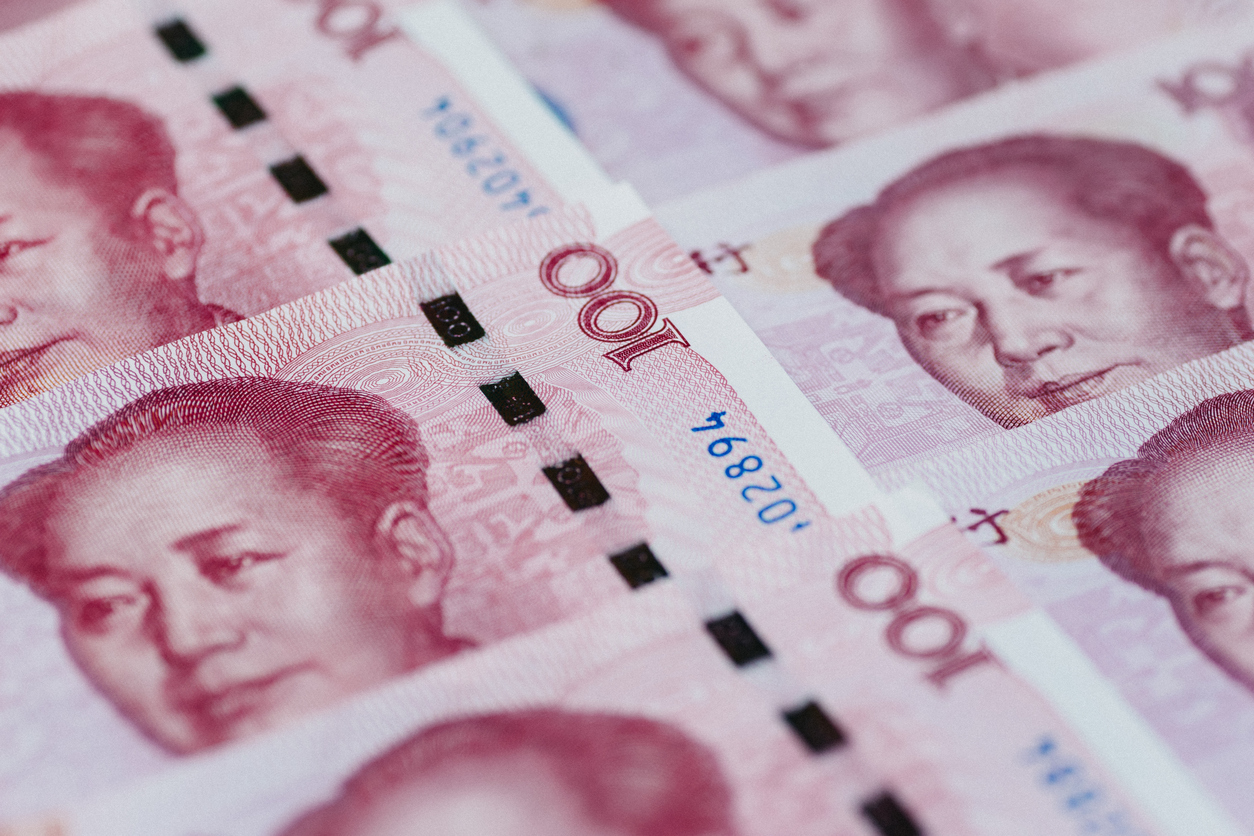(ATF) The People’s Bank of China (PBoC) this morning set central parity for the yuan (CNY) at 6.9183 to the US dollar. Over the past five trading days since August 19, parity was set in a narrow range of 6.9107 – 6.9274, the strongest such range since the period from January 20 – February 3 of 6.8606 – 6.9249.
The PBoC, since the reform of the parity rate in August 2015, allows the CNY to trade in a range of +/- 2% of parity and frequently signals its satisfaction with (or lack thereof) of CNY levels.
We have seen a continual rise of parity and spot levels since May 29, when parity was at 7.1316. What’s the meaning of it?
There is, of course, what might be called the naive interpretation of this sustained run from strength to strength: the yuan fundamentals, both in absolute terms and relative to the US dollar and other major currencies have continually improved as the Covid pandemic was defeated in China and the economy regained close to normal speed. On this count, the PBoC simply let market forces dictate yuan levels and adjusted parity accordingly.
However, neither the PBoC nor the State Council, which controls it, have all of a sudden been reformed from fundamentally dirigiste economic and financial policy-makers to purist market economy ones.
The PBoC, by setting central parity, has consistently given thumbs up to a stronger yuan since early June because the government economic policy stance requires it.
‘New growth pattern’
That stance was most clearly articulated in a State Council Information Office circular of August 10 titled “China mulls new growth pattern for high-quality development.”
The subhead summarised the content: “China will accelerate the establishment of a ‘dual circulation’ development pattern that takes the domestic market as the mainstay while domestic and foreign markets can boost each other.”
The text emphasised that, “Since May this year, the top leadership of the country has reaffirmed … on various occasions … [the strategy] of accelerating the shift from an export-led to a domestic demand-led growth model.”
Some Western commentators have interpreted this State Council circular as ushering in a return to an autarkic command economy development model adopted in response to US technology denial and related threats to China’s economic advance.
There is, of course, an element of that: China, deprived of the use of certain high-tech semiconductor products, will accelerate domestic development of them.
But, as a Bank of China economist quoted in the circular says: “The strategy to take domestic circulation as the mainstay and expand domestic demand as the strategic foundation does not mean closing doors to the outside world or active decoupling. On the contrary, it means further opening up to the outside world at a high level.”
What does all of that have to do with a stronger yuan?
The obvious: a stronger currency is key to boosting expansion of domestic demand. And it is also the “politically correct” policy in numerous other respects for China’s economic and financial policy posture. It ticks all the right boxes.
A strong currency not only makes imported goods more affordable for Chinese consumers, it also – strategically critically – enhances the standing and expansion of the yuan as a global reserve currency and, along with that, global demand for Chinese fixed income and equity securities.
And it tells the world, ‘Hey, we have no need to push down our currency in order to be competitive in foreign trade.’
The offshore deliverable CNY (a.k.a. CNH) trades at 6.9089 to the USD as I write this, at 7pm HK time.
The next stop on the strengthening path should be the January 20 close of 6.8672.
I’m told by the Asia Times man in Shanghai that the glamorous China Resources shopping mall is jam-packed.
Looks like the strong yuan is doing its thing.
























